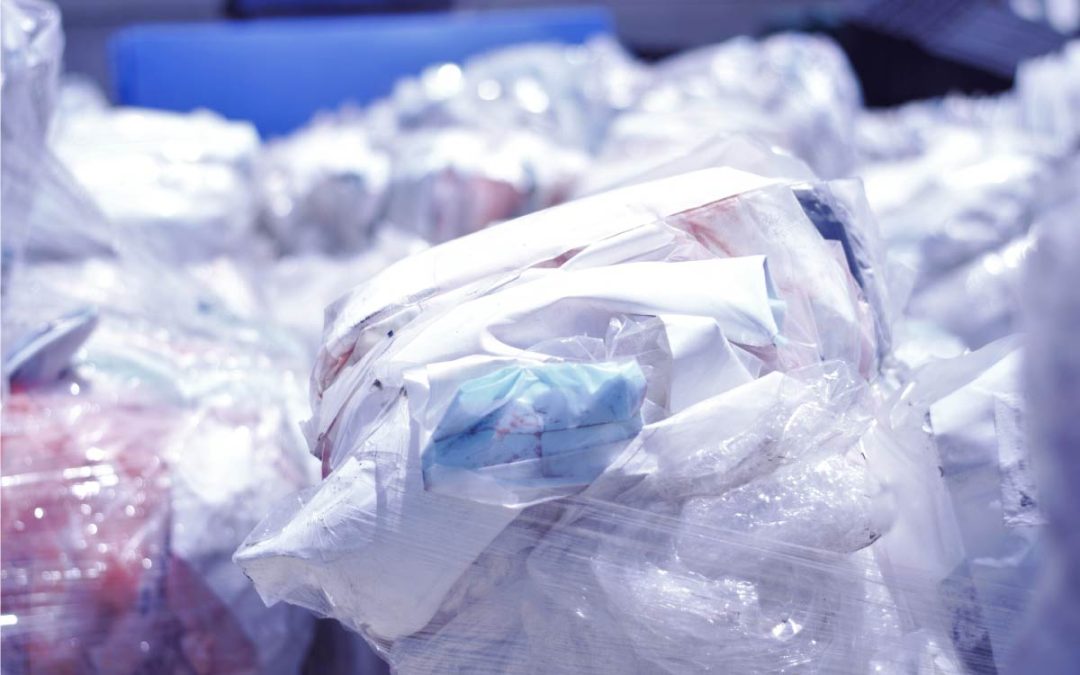Over the last half a century, plastic risen to dominate the production and manufacturing fields. Popularised in the 1940s, plastic production has an average growth rate of 8.7% per year[1] which surpasses the growth of almost all other man-made materials[2].
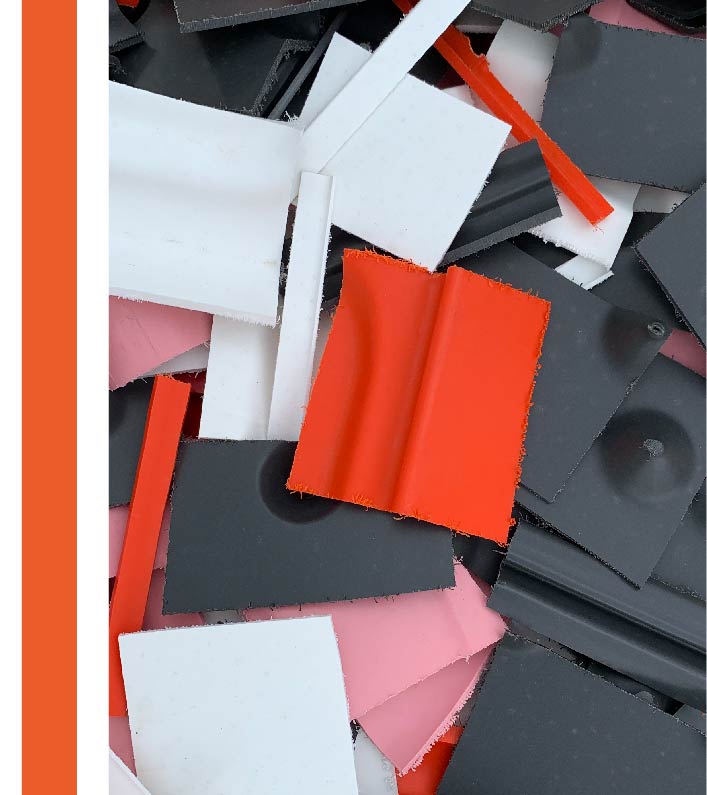 The popularity of plastics is reflected in its strong presence in our global economy as well as its everyday uses in almost every aspect of our lives. It’s found in our infrastructure, household items such as furniture, in technological devices, in transportation, and in children’s toys to name a few areas.
The popularity of plastics is reflected in its strong presence in our global economy as well as its everyday uses in almost every aspect of our lives. It’s found in our infrastructure, household items such as furniture, in technological devices, in transportation, and in children’s toys to name a few areas.
Plastic can be inexpensive, light yet durable, and resistant to liquids, chemicals, and erosion. Perhaps its strongest characteristic is its extreme versatility which provides unlimited possibilities for designers and engineers. Plastic has transformed our society by allowing our imaginations to redefine reality, whether it be for industrial, transportation, consumer, recreational or agricultural uses.
However, this fantastic feat also comes with responsibility, particularly for manufacturers such as us. The durability of polyethylene provides it a long lifecycle, meaning it is not broken down easily and can remain in the environment for years. In fact, the only way to permanently eliminate plastic is through combustion or pyrolysis[3]. This means systems must be set in pleace to manage the waste and disposal of plastic manufacturing scraps as well as plastic products once they do reach their end-of-life cycle. That is why Rotadyne is ready to recycle.
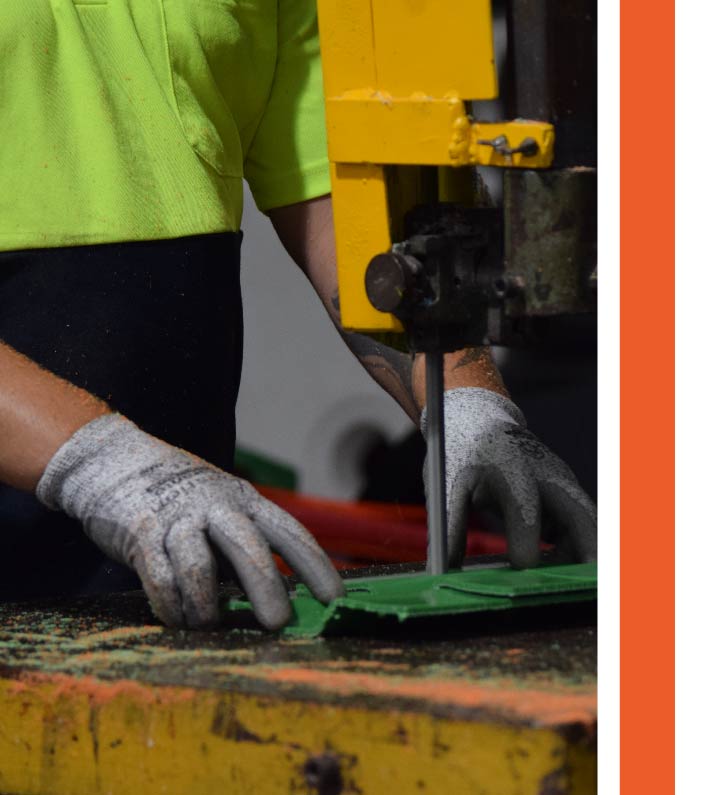 Manufacturing waste, such as industrial packaging has been shown to be recycled considerably more than post-consumer waste, which produces up to five times more waste volume. However, 90%[4] of plastics produced are coming from virgin fossil feedstock, despite the fact that the production of recycled energy is shown to save approximately 88%[5] of energy required when producing out of raw materials such as oil and gas.
Manufacturing waste, such as industrial packaging has been shown to be recycled considerably more than post-consumer waste, which produces up to five times more waste volume. However, 90%[4] of plastics produced are coming from virgin fossil feedstock, despite the fact that the production of recycled energy is shown to save approximately 88%[5] of energy required when producing out of raw materials such as oil and gas.
Rotadyne’s recycling efforts includes the in-house shredding of our leftover plastic scraps into pellet sized pieces, which are then bagged and stored. These bags are then sent to factories where the plastic is melted and compounded with any required additives such as UV stabilisers. The powder is sent back to us here on site where we can make fully recycled products or mix it with virgin powders depending on customer requirements. We can successfully recycle 99% of our plastic, with only crosslink Polyethylene being an exception due to its inability to be melted down and reused.
All of this is a significant improvement from the initial disposal strategies implemented such as landfills and incineration, both of which has detrimental impacts on the environment due to greenhouse gas emissions as well as soil and water contaminations.
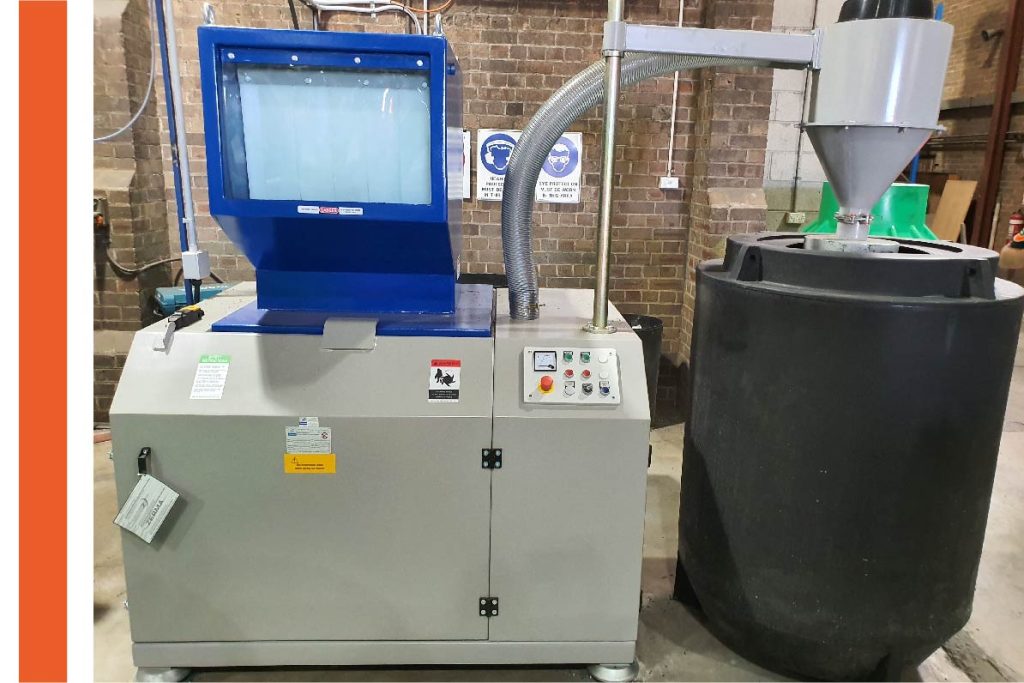
There are still, however, several challenges with recycling, This includes the limited aesthetic options of recycled plastics, as well as the need to downgrade the specified properties of recycled materials. Inconsistencies and cross contamination of materials within the recycling process can also create inconsistencies within the recycled materials structural properties.
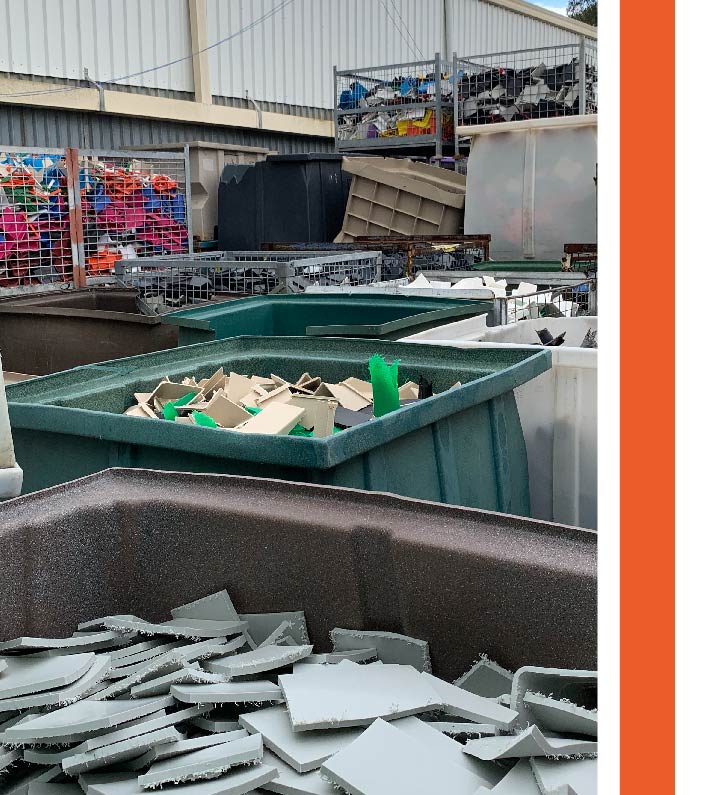 Furthermore, one of the greatest challenges in the recycling arena was the effects of the China National Sword Policy in 2016, which saw the restrictions on the importation of recyclable materials. Before this, Australia alone was responsible for sending approximately 1.25 million tons of material to China[6]. With new restrictions, Australian manufacturers and businesses had to find local options for their recyclable goods.
Furthermore, one of the greatest challenges in the recycling arena was the effects of the China National Sword Policy in 2016, which saw the restrictions on the importation of recyclable materials. Before this, Australia alone was responsible for sending approximately 1.25 million tons of material to China[6]. With new restrictions, Australian manufacturers and businesses had to find local options for their recyclable goods.
Rotadyne’s current recycling process involves both in-house methods and help from external contractors. But this is not the end of Rotadyne’s story of sustainability. In the future, we plan to implement a complete in-house recycling system, with our sights set on new machines to both grind and extrude our own recycled powders. This will allow us to self-manage our recycling, our environmental impact as manufacturers, and ensure that all our recycled plastics are of suitable production quality. Finally, the potential use of biodegradable materials may prove to be especially helpful in the production of agricultural projects as well as to help reduce the instances of contamination of our environment.
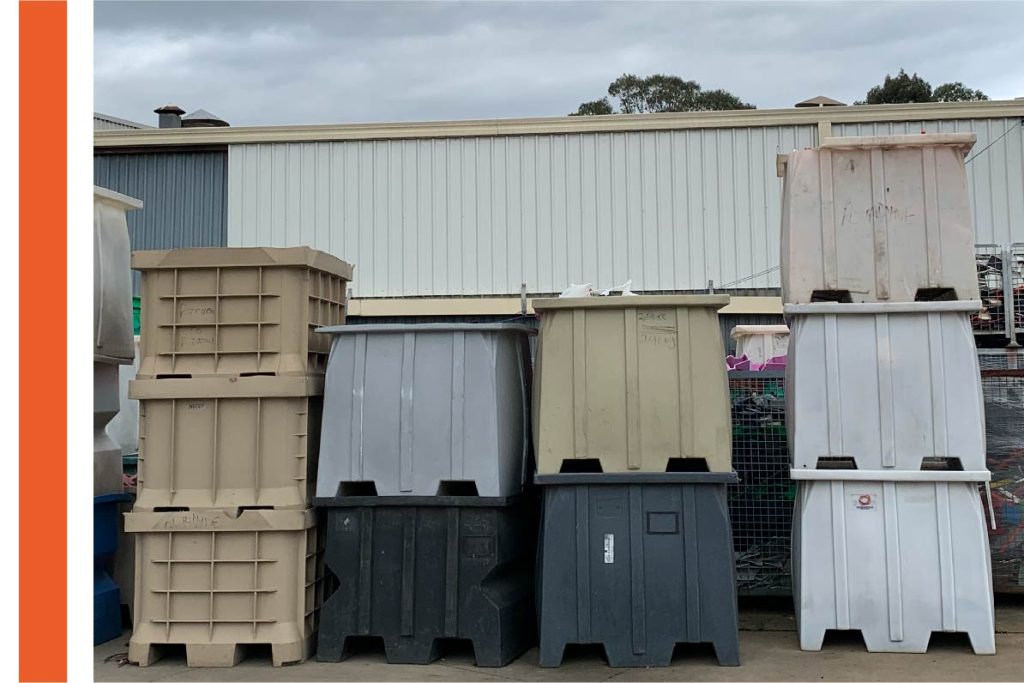
REFERENCES
[1] G. Gourmelon, January 17th 2015, ‘Global Plastic Production, Recycling Lags’, WorldWatch Institute.
[2] R. Geyer, J. R. Jamback, K. L. Law, July 19th 2017, ‘Production, use, and fate of all plastics ever made’, Science Advanceds, volume 3 no. 7. DOI: https://doi.org/10.1126/sciadv.1700782
[3] R. Geyer, J. R. Jamback, K. L. Law, July 19th 2017, ‘Production, use, and fate of all plastics ever made’, Science Advanceds, volume 3 no. 7. DOI: https://doi.org/10.1126/sciadv.1700782
[4] D. Bourguignon, May 2017, ‘Plastics in a circular economy, opportunities and challenges’, European Parliamentary Research Service, Think Tank. https://www.europarl.europa.eu/thinktank/en/document.html?reference=EPRS_BRI%282017%29603940
[5] Sustainability Victoria, 2020, ‘Plastic’, Victoria State Government. https://www.sustainability.vic.gov.au/You-and-your-home/Waste-and-recycling/Recycling/Recycling-bins/Plastic#:~:text=Why%20recycle%20plastic%3F,a%20computer%20for%2025%20minutes
[6] EPA NSW, 2018, Response to the enforcement of the China National Sword Policy, EPA. https://www.epa.nsw.gov.au/your-environment/recycling-and-reuse/response-to-china-national-sword#:~:text=Australia%20alone%20sent%201.25%20million,under%20its%20National%20Sword%20policy

